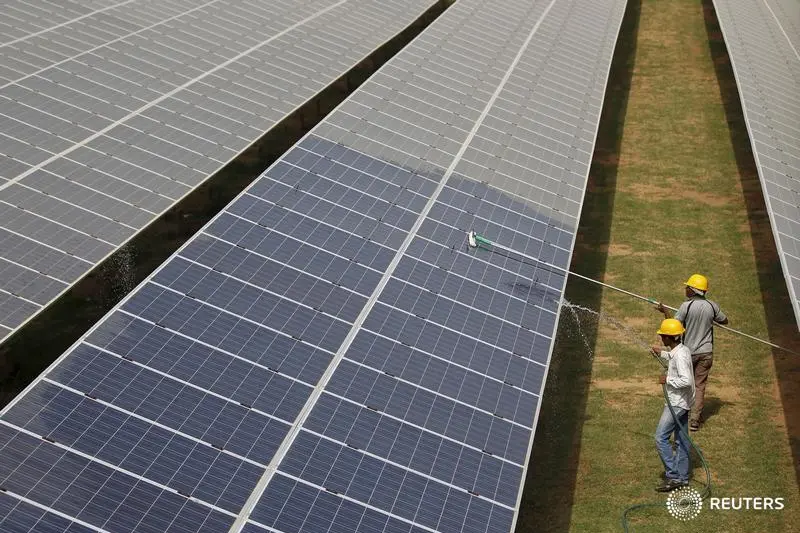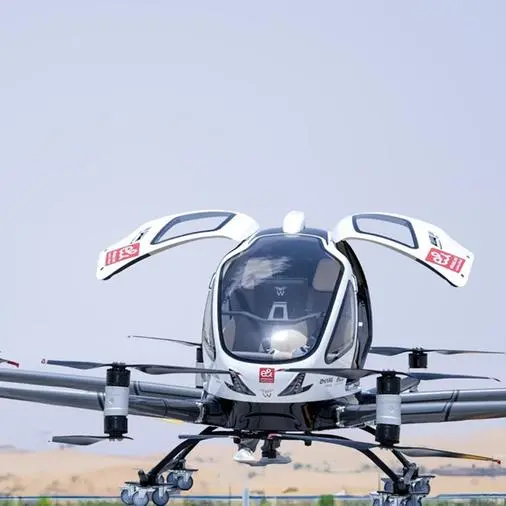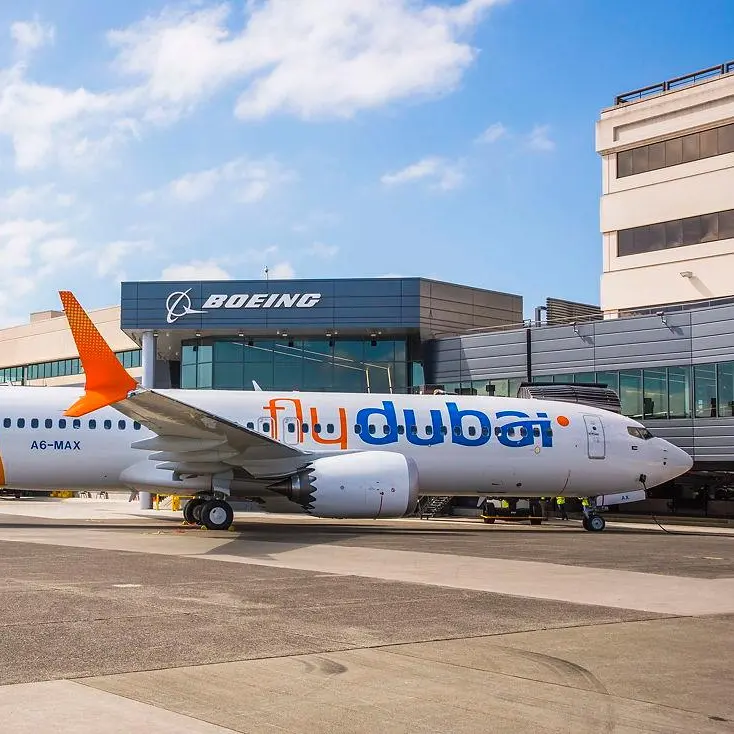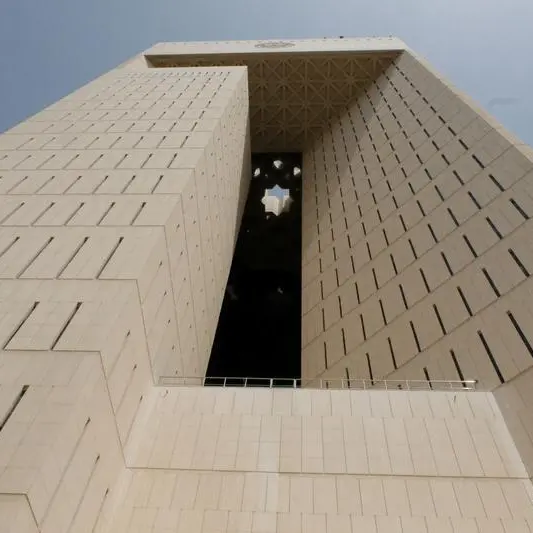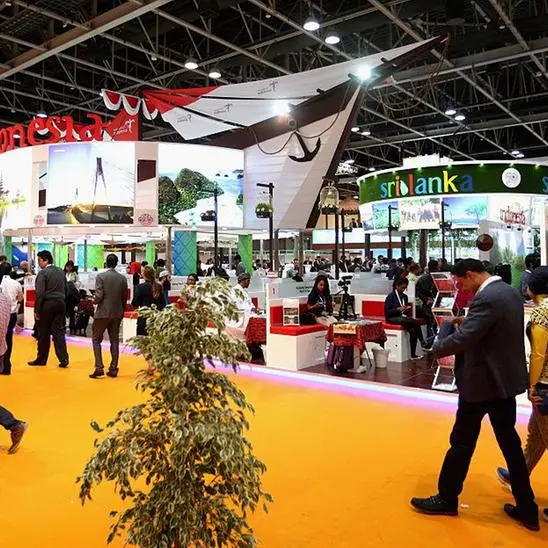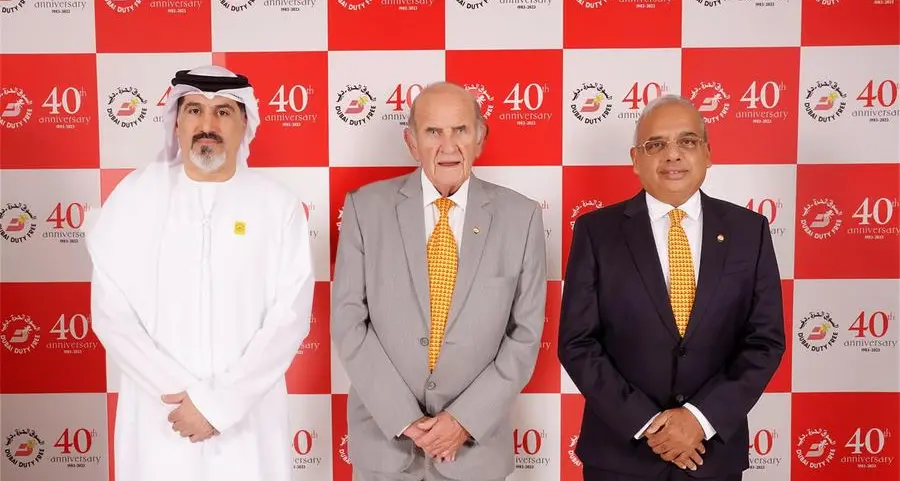PHOTO
Solar photovoltaic (PV) technology is now “the most competitive form of power generation” in the Gulf, according to a report released by the International Renewable Energy Agency (IRENA) in Abu Dhabi last month. The report also noted that Gulf Cooperation Council (GCC) countries plan to “install a total of almost 7 gigawatts new power generation capacity from renewable sources by the early 2020s.”
Investment in renewable energy is picking up across the Middle East. The region’s population growth and economic development have led to an increase in overall energy needs. “Primary energy demand in the region is expected to continue to rise at an annual rate of 1.9 percent through 2035,” according to the World Bank. Resource-rich countries want to limit the extent to which domestic needs cut into oil and gas exports, and resource-poor countries need ways to limit expensive fuel imports. While the Middle East remains heavily dependent on natural gas, in particular, and oil — with coal and nuclear energy playing much smaller roles renewable energy offers an important opportunity to diversify countries’ energy mixes.
There is significant potential for renewable energy in the Middle East. Extensive amounts and hours of sunshine are well suited to solar PV production, as well as to concentrated solar power (CSP) in some countries. Wind is another option, especially in North Africa, but also in places such as Saudi Arabia, Oman and Kuwait. Some Middle Eastern countries already use hydroelectric power, though the effects of climate change and competition for water resources are limiting factors. In the cases of solar and wind power, environmental advantages combine with significant energy demand and governments’ experience in managing infrastructure development a useful combination for expanding renewable energy production.
For many years, the region was somewhat slow to adopt renewable energy. While parts of the region have long had personal solar panels, companies and experts in the renewable energy sector often expressed frustration in trying to attract investment or in developing pilot projects for larger-scale production. However, in recent years, this has changed, and parts of the region now appear on track to significantly increase their use of solar and wind power.
Several changes were key to building a good foundation for renewables in the Middle East and North Africa. Technological developments made renewable energy more practical and affordable. Policy-makers and investors began shifting from skepticism to interest. Some countries began to see renewable energy projects as useful public relations projects that help build a brand as a center for innovation. In a region that badly needs more jobs, some policy-makers began to see renewables as an area that could develop employment.
Another major change came from falling prices in renewable technology and changing price structures in some Middle Eastern countries. Globally, the cost of solar PV power has dropped dramatically in recent years. At the same time, with increased populations and energy demands, many countries in the region were forced to face the fiscal costs of subsidizing oil and gas-based energy and began phasing out subsidies, which made it easier for renewables to compete in terms of price. Other factors, such as “well-designed auctions” in recent years, according to IRENA, have helped decrease the cost of renewables.
Which countries lead the region on renewables depends on the type of renewable energy. On wind, Egypt, Morocco, Jordan, Iran, Israel and Kuwait have been leaders, though to varying degrees. On solar, Israel, Morocco, Yemen, Jordan and the UAE have been leaders.
However, future investments may change that picture. The UAE has led the GCC countries with its focus on and investments in renewable energy — it currently produces more solar power than any other GCC country and has ambitious targets for increasing the renewable portion of its energy mix. High-profile projects such as Abu Dhabi’s Masdar City and Dubai’s Mohammed bin Rashid Al-Maktoum Solar Park highlight the country’s role in renewable energy innovation, while pragmatic, smaller-scale programs aim to expand the renewable footprint in the UAE.
Saudi Arabia is also working to develop renewable energy. Vision 2030 includes a renewable energy component, and plans for Neom are based on renewable energy. More immediately, the Sakaka solar power plant project is moving forward and is seen as an important step in making solar power cost competitive. Saudi Arabia is also working to tap into its wind power potential.
Other countries in the Middle East and North Africa are pursuing solar and wind projects, including Oman, Qatar, Bahrain, Iraq, Lebanon, Algeria and Tunisia.
There are challenges to developing renewable energy in the region. A major challenge to solar power is the need to store energy when sunlight is unavailable; technological solutions are improving, but further work is needed. Solar farms in much of the region are vulnerable to sandstorms that leave solar panels in need of cleaning. In some countries, remaining subsidies for oil and gas-based fuels make it difficult for renewables to compete on price. Significant capital investments are required to scale up renewable energy sources. Most Middle Eastern countries lack a sufficient skills base to produce equipment domestically and to provide workers for the renewables sector, though some countries are trying to address the skills gap.
The region’s wealthier countries have the resources required to address these challenges. Now that renewables are more cost-competitive and are proving their value, the renewable sector in the Middle East and North Africa is likely to expand quickly.
Kerry Boyd Anderson is a writer and political risk consultant with more than 14 years’ experience as a professional analyst of international security issues and Middle East political and business risk. Twitter: @KBAresearch
Arab News: Copyright: Arab News © 2017 All rights reserved. Provided by SyndiGate Media Inc. ( www.Syndigate.info ).
Disclaimer: The content of this article is syndicated or provided to this website from an external third party provider. We are not responsible for, and do not control, such external websites, entities, applications or media publishers. The body of the text is provided on an “as is” and “as available” basis and has not been edited in any way. Neither we nor our affiliates guarantee the accuracy of or endorse the views or opinions expressed in this article. Read our full disclaimer policy here.
